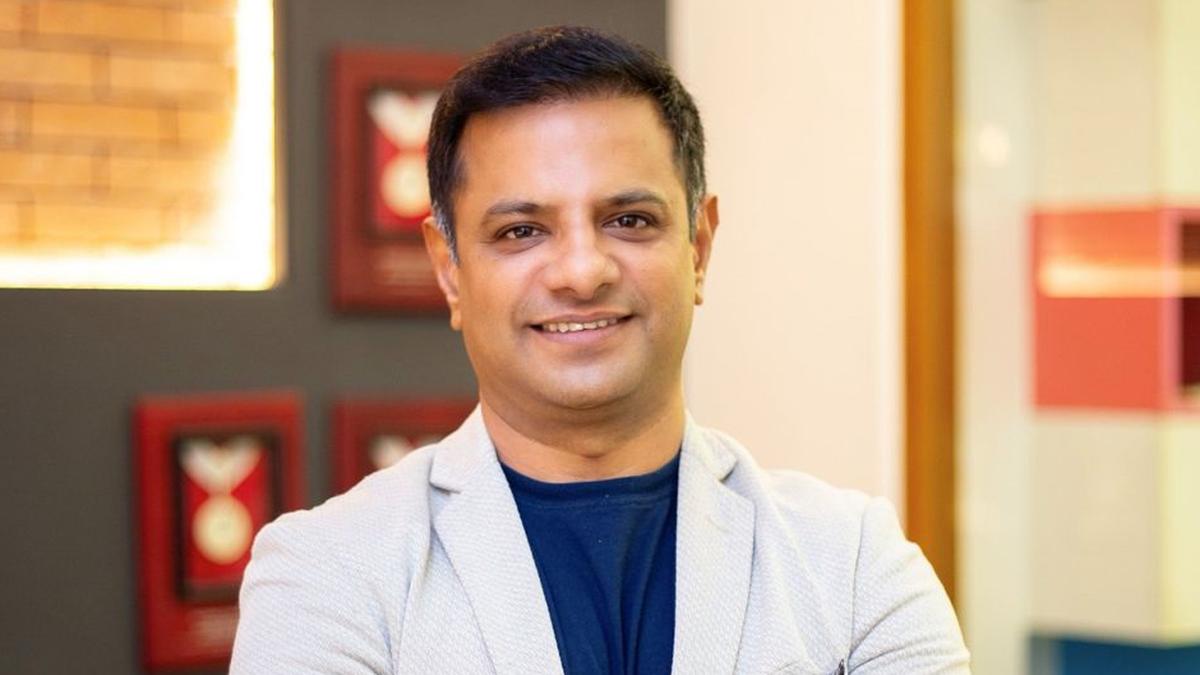From the exponential growth of international schools in Bengaluru to the affordability factor and the question of teaching about the local culture language, Syed Sultan Ahmed, who took over as chairperson of The Association of International Schools of India (TAISI) on Wednesday, spoke to The Hindu about the present and future of international schools.
How many international schools are there in India currently?
The number of international schools has gone up considerably in the last 10 years. A decade ago, there were hardly 250 schools, but now there are around 150 International Baccalaureate (IB) schools and 600 schools which follow the Cambridge syllabus. While there were less than a lakh students in international schools 10 years ago, now there are about 4 to 5 lakh students.
Bengaluru is now becoming a hub of international schools. Apart from Delhi, Bengaluru is among the leading cities in the country with 70 international schools.
What has contributed to this growth of international schools?
Traditionally, it was the children of diplomats who used to go to international schools. Then in the last decade, a big shift was seen in the trend as middle- and upper middle-class families started sending their children abroad for university and hence wanted their children to study international curriculum. Even if they are not sending them abroad, middle-class parents who wanted well-rounded development of their children started preferring international curriculum instead of CBSE or State curriculums.
What are the major differences between State or CBSE curriculums and international curriculums?
International schools moved on from traditional methods of information and testing to experiential learning. There is a lot more focus on understanding concepts and delving deep into one particular topic and lots of projects and less testing of memory. While the National Education Policy (NEP) talks about such methods in policy, we are still struggling to get a teacher into the classroom and debating what history to study and such issues have not allowed our regular schools to move on.
International schools are not very affordable…
It is a general perception (that it is expensive), but there are a lot of schools in Bengaluru where Cambridge curriculum can be studied for ₹1 lakh to ₹1.5 lakh per annum. This fee is similar to average higher education ICSE and CBSE schools. Of course, for the top schools, parents would have to pay around ₹1.5 lakh to ₹2 lakh a month simply because of the facilities and the teaching staff they provide.
How are the teaching staff sourced for international schools?
There are some specific international certifications that teachers should have to be recruited in international schools. It is usually teachers who were previously with CBSE or ICSE schools who get these certifications. But finding quality teaching staff remains one of our bigger challenges.
The TAISI is also launching TAISI HUB, a gamified teacher training platform where we can upskill human resources including the leadership, teaching staff, and non-teaching staff.
There is a perception that local culture and languages are ignored in international schools.
From a curriculum standpoint, children in international schools engage with local and international culture. Along with Indian languages, they are also taught international languages. International schools celebrate more Indian festivals than many normal schools. They also celebrate things which are alien to Indian culture such as Spanish Day. The TAISI wants to promote a setting where international schools are more rooted to Indian culture and focus a lot more on local traditions along with what they are doing. I would want to see that blend.
What is the future of international schools in India?
With India having one of the largest number of international schools in the world, we expect to see a year-on-year growth of 10% to 15% which would translate to 70 to 100 new schools every year. While it is unlikely that CBSE or ICSE schools will move completely towards experiential learning in the next three to five years, demand is increasing for international schools. Even smaller cities and towns have started international schools, and I expect to see the heartland getting more international schools.
